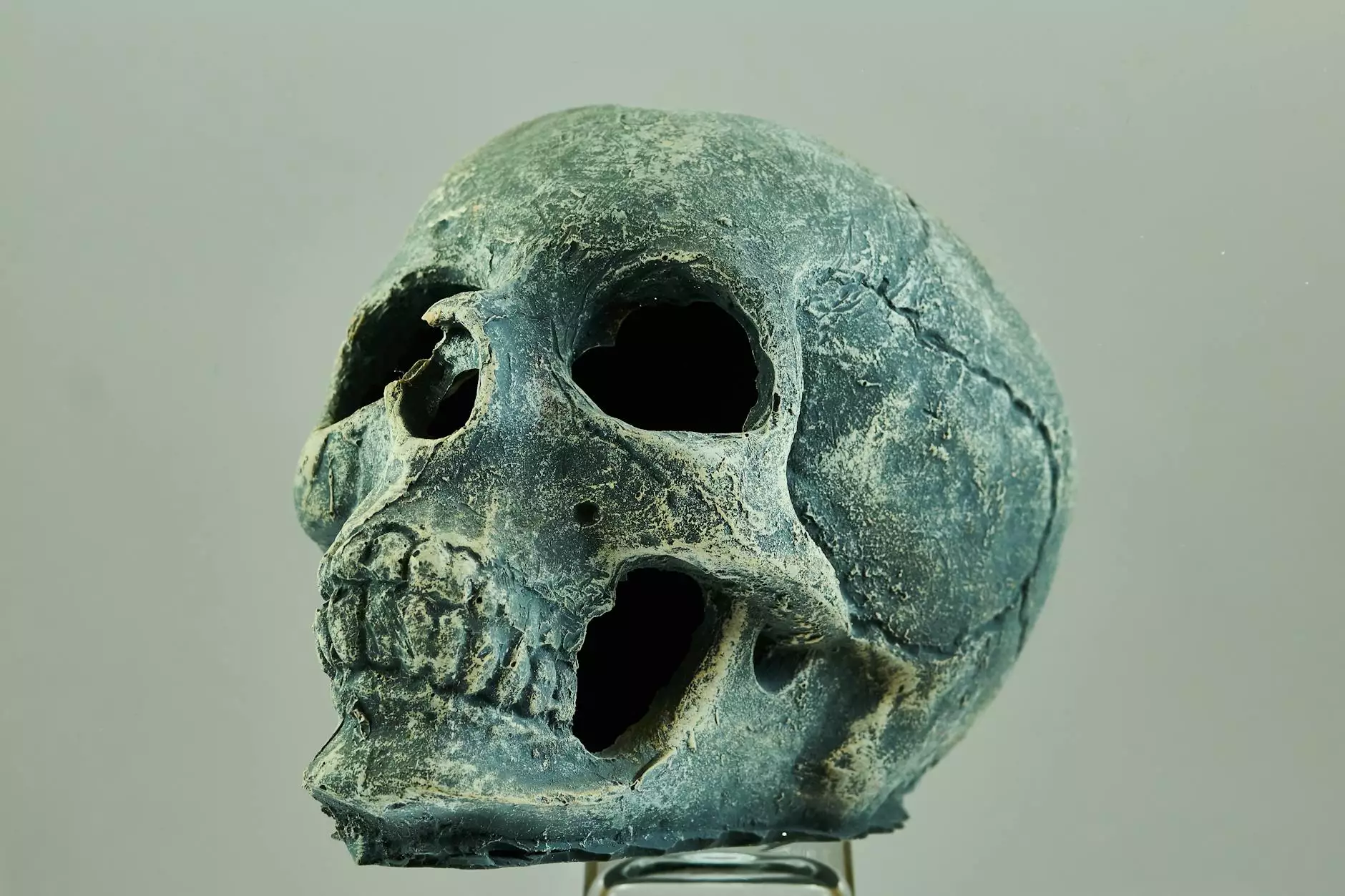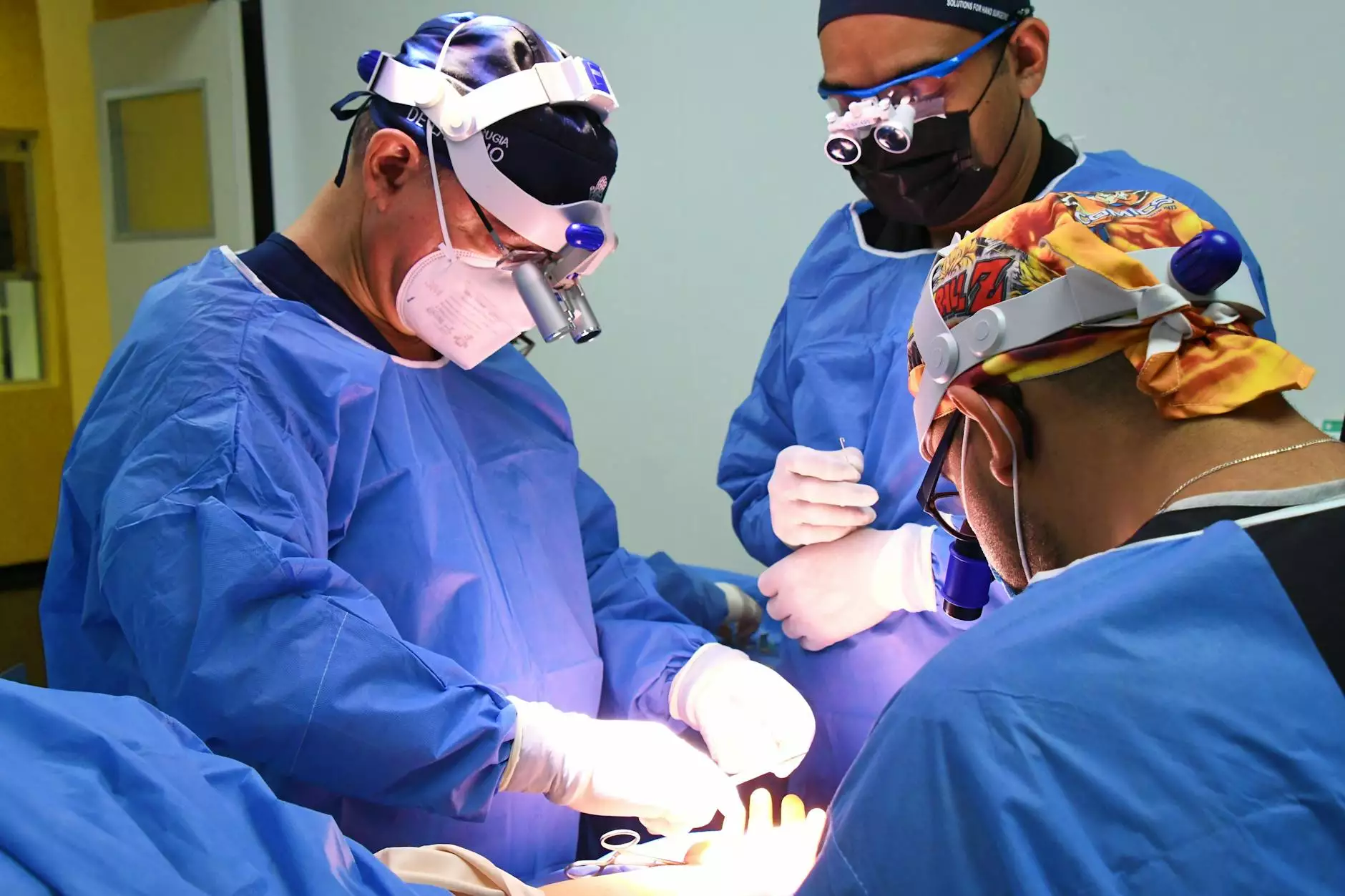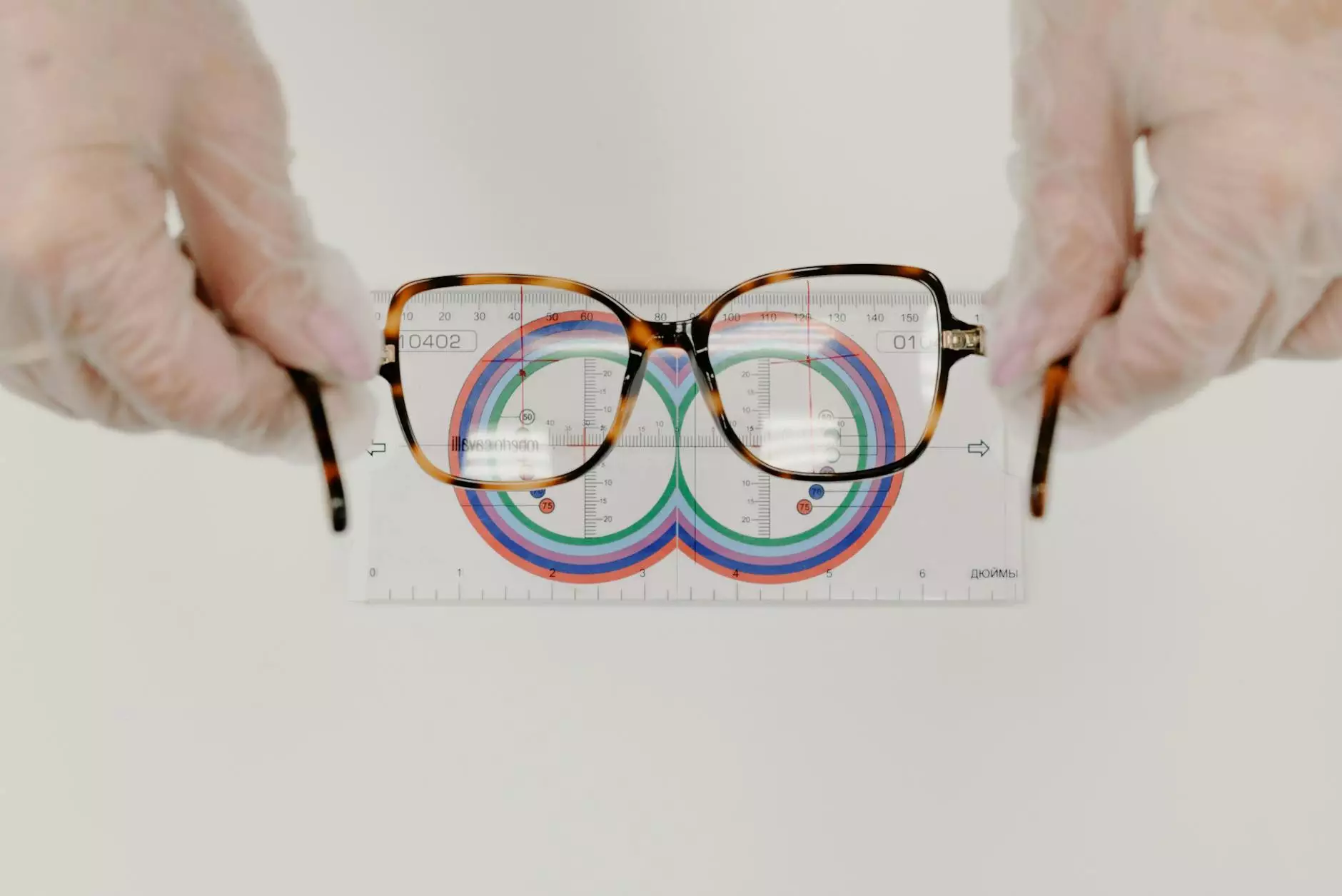Dental Anatomy with Braces
Services
Braces are a common orthodontic treatment used to correct misaligned teeth and improve overall dental health. Understanding the anatomy of braces is essential for patients undergoing this procedure.
Components of Braces
Braces consist of several key components that work together to straighten teeth and align the bite properly. These components include:
- Brackets
- Archwires
- Bands
- Elastics
Brackets
The brackets are small squares that are bonded to the front of each tooth. These brackets act as anchors for the archwires.
Archwires
Archwires are thin metal wires that connect the brackets and apply pressure to move the teeth into the desired position.
Bands
Bands are metal rings placed around the back teeth to provide support for the brackets and archwires.
Elastics
Elastics, also known as rubber bands, are used to apply additional force to specific areas of the mouth to help with tooth movement.
Benefits of Braces
Braces offer numerous benefits beyond just straightening teeth. Some of the advantages of braces include:
- Improved oral health
- Enhanced smile aesthetics
- Corrected bite alignment
- Prevention of long-term dental issues
How Braces Work
Braces work by applying continuous pressure to the teeth, gradually shifting them into the correct position over time. This process allows for proper alignment and spacing of the teeth.
Types of Braces
There are different types of braces available to suit individual needs and preferences. Some common types of braces include:
- Metal braces
- Ceramic braces
- Lingual braces
- Invisalign clear aligners
Metal Braces
Metal braces are the traditional form of braces that consist of metal brackets and wires. They are known for their durability and effectiveness in correcting severe alignment issues.
Ceramic Braces
Ceramic braces are similar to metal braces but blend in more with the natural tooth color, making them less noticeable.
Lingual Braces
Lingual braces are placed on the back of the teeth, making them virtually invisible from the front. They are a discreet option for those seeking orthodontic treatment.
Invisalign Clear Aligners
Invisalign clear aligners are a popular alternative to traditional braces. These aligners are removable, making them easier to clean and maintain.
Final Thoughts
Understanding the anatomy of braces is crucial for patients considering orthodontic treatment. By familiarizing yourself with the components, benefits, and types of braces available, you can make an informed decision about your dental care.









